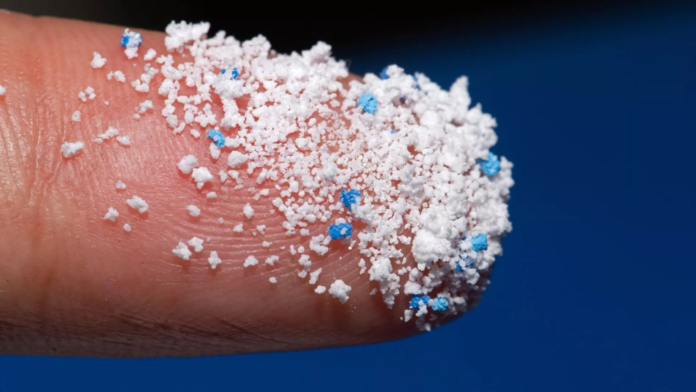Microplastic waste, tiny particles ranging from 1 micrometer to 5 millimeters, is increasingly recognized as a significant health threat to all living organisms, including humans. A recent study has brought to light the countries where people are most exposed to microplastics, and alarmingly, Indonesia ranks at the top.
According to the research, Indonesians consume an estimated 15 grams of microplastics per month, primarily from aquatic sources like seafood. This puts Indonesia at the forefront of microplastic ingestion through food. In stark contrast, Paraguay records the lowest microplastic consumption at 0.85 grams per month.
From 1990 to 2018, global daily microplastic intake increased by an average of 59 times. Scientists from Cornell University in the United States have mapped the extent of human microplastic intake, revealing which countries have the highest levels of inadvertent consumption and inhalation of these particles.
Their extensive study covered 109 countries over nearly three decades, focusing particularly on major coastlines impacted by plastic pollution. They gathered data on microplastic concentrations in various food categories, including fruits, vegetables, proteins, cereals, dairy products, beverages, sugar, salt, and spices. Local consumption habits and food processing technologies were also considered to assess the risk levels.
Moreover, the researchers identified the countries where people inhale the most microplastics, with Asia once again being the most affected region. In China and Mongolia, residents inhale more than 2.8 million particles per month, whereas in the United States, the figure is around 300,000 particles.
Read also: Bali Emerges as the Top Destination for Activities in 2024 with 10,000 Activities
“Only residents in the Mediterranean and surrounding areas breathe in fewer particles,” the study’s news release clarified. Countries like Spain, Portugal, and Hungary see monthly inhalation figures ranging between 60,000 and 240,000 plastic particles.
“Industrialization in developing countries, particularly in East and South Asia, has led to increased plastic consumption, waste generation, and human microplastic uptake. In contrast, industrialized nations experience the opposite trend, supported by greater economic resources to reduce and eliminate plastic waste,” stated co-author Professor Dr. You Fengqi.
To tackle the issue, the study suggests a multifaceted approach, including sustainable packaging solutions, stringent waste management regulations, and advanced water treatment technologies. Co-author and PhD student Zhao Xiang emphasized, “Our study highlights the necessity for comprehensive strategies to reduce microplastic uptake.”
The researchers also pointed out that reducing plastic waste in aquatic environments by 90% could significantly decrease human exposure to microplastics, potentially reducing it by 51% in developed countries and 49% in advanced industrial regions. This finding underscores the urgent need for global efforts to mitigate plastic pollution and its far-reaching health impacts.
In summary, Indonesia faces a significant challenge with high levels of microplastic consumption, largely from seafood. The study underscores a global issue, with developing countries in Asia being most affected by microplastic ingestion and inhalation. The findings call for urgent actions, including improving waste management, adopting sustainable packaging, and enhancing water treatment processes.
To address this growing concern of microplastic consumption in Indonesia, it is crucial for governments, industries, and communities to collaborate on reducing plastic waste. Implementing stricter regulations on plastic use, promoting public awareness about the impacts of microplastics, and investing in research and development for alternative materials can help mitigate the problem. By taking these steps, we can work towards a cleaner environment and better health outcomes for all.


















